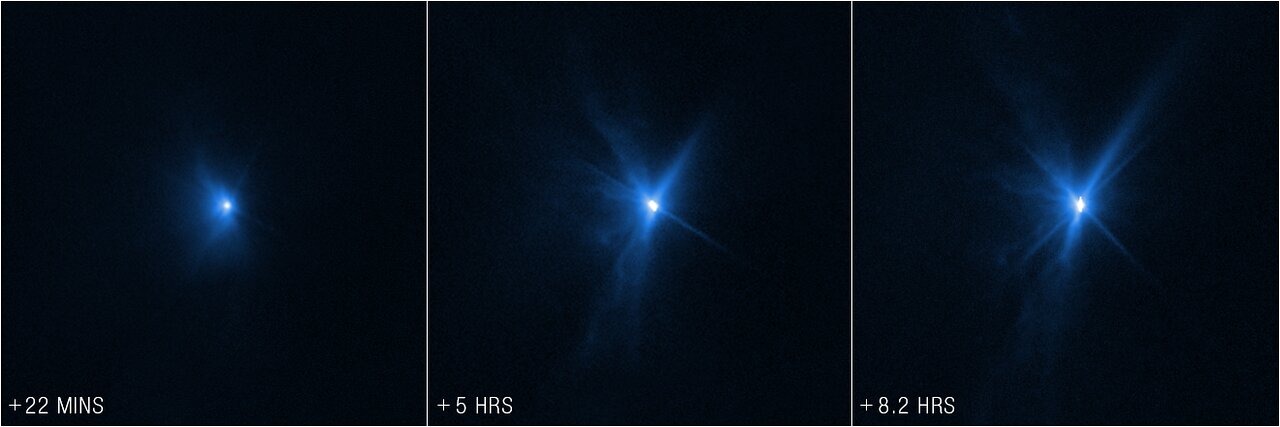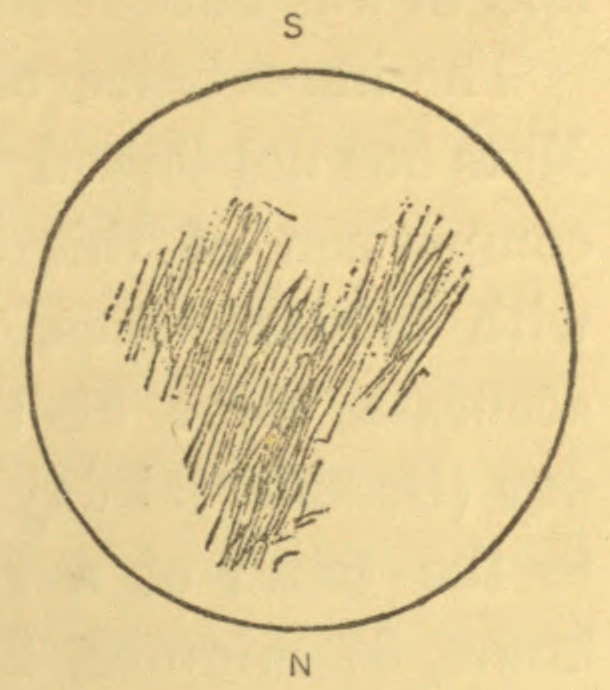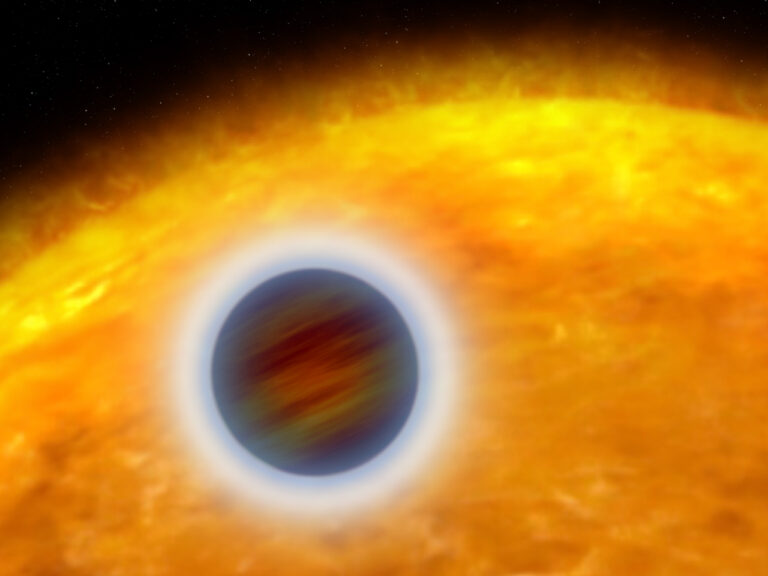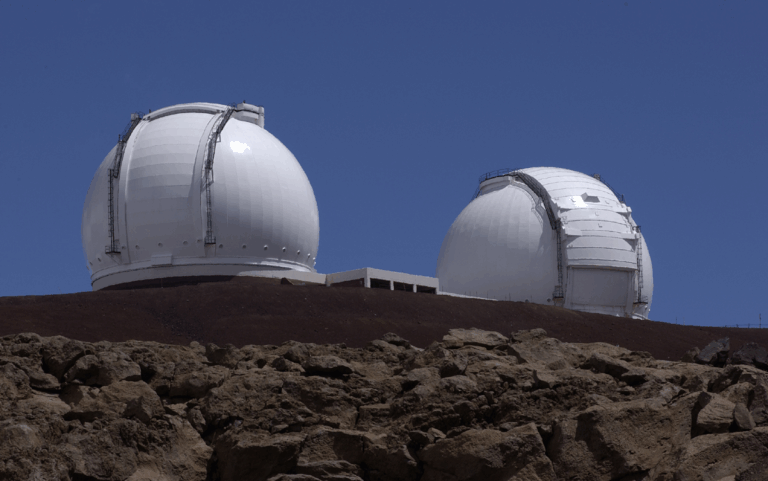
Key Takeaways:
- The Double Asteroid Redirection Test (DART) spacecraft launched on November 24, 2021, targeting Dimorphos, a moonlet in a binary asteroid system with Didymos.
- On September 26, 2022, DART intentionally impacted Dimorphos at approximately 14,000 mph (22,000 km/h) to assess the viability of kinetic impact for redirecting a potentially hazardous asteroid.
- Post-impact, the Hubble Space Telescope began capturing images of the ensuing bright ejecta after 15 minutes, with subsequent observations and public release of these images on September 29.
- The DART mission successfully moved Dimorphos, offering preliminary insights into planetary defense, while acknowledging the need for further analysis regarding scaling and impact debris risks.
On Nov. 24, 2021, the Double Asteroid Redirection Test (DART) launched. The spacecraft was on its way to Dimorphos, part of a binary system with the asteroid Didymos. Nearly a year later, on Sept. 26, 2022, DART crashed into Dimorphos at about 14,000 mph (22,000 km/h). The crash was intentional: The DART mission goal was to test our ability to use an impact to redirect a potentially dangerous asteroid. Fifteen minutes after the impact, the Hubble Space Telescope began capturing images of the aftermath; it would capture more at 22 minutes, five hours, and 8.2 hours after the collision. The images were released Sept. 29, giving the public a view of the bright ejecta spraying from the asteroid. While further work is needed to scale the process up for other and larger asteroids, and to analyze any risks from impact debris, DART did move Dimorphos, perhaps providing insight into the future of planetary defense.









